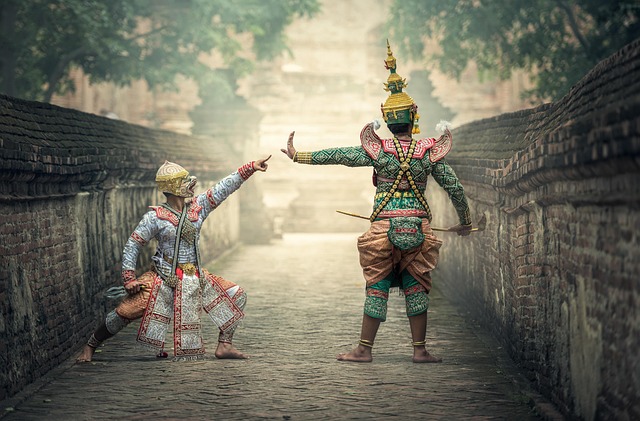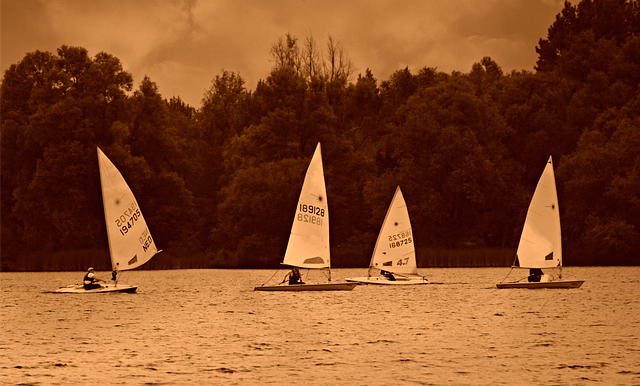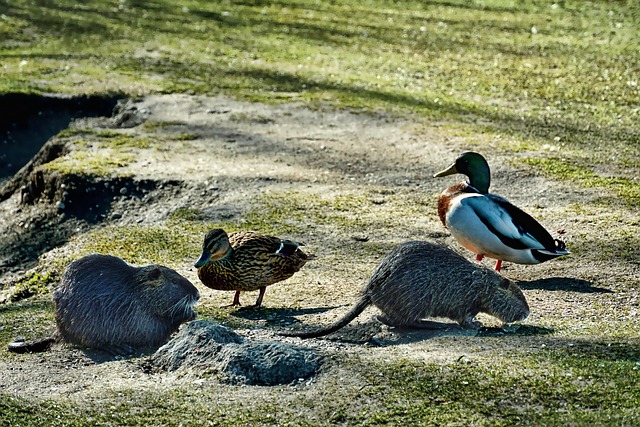
Dances With Wolves
Introduction
Ah, the Western genre—a land of cowboys, outlaws, and the occasional tumbleweed rolling across the screen. In the midst of this dusty backdrop, Dances With Wolves emerged in 1990 like a breath of fresh prairie air. Directed by and starring Kevin Costner, this film not only won seven Academy Awards but also played a significant role in revitalizing interest in Westerns. So, saddle up, and let’s take a closer look at this cinematic classic.
A Brief Synopsis
Set during the American Civil War, the film follows Lieutenant John Dunbar (played by Costner) who finds himself stationed at a remote outpost. After a series of events, he befriends a group of Lakota Sioux, learns their ways, and earns the name that gives the film its title. Spoiler alert: it’s not “Guy Who Talks to Wolves” but rather “Dances With Wolves.” And yes, he does have a wolf buddy named Two Socks—because what’s a Western without a furry sidekick?
Cultural Significance
Now, let’s talk about why this film is more than just a pretty face. Dances With Wolves was selected for preservation by the Library of Congress in 2007, highlighting its cultural, historical, and aesthetic significance. It aimed to present a more nuanced portrayal of Native American cultures, which was a refreshing change from the typical cowboy vs. Indian narratives of earlier Westerns. However, it’s not without its critiques. Some argue that the film simplifies complex cultural dynamics. But hey, no one said Hollywood was the best at nuance, right? 🎬
Reception and Impact
The film received generally favorable reviews, with a Metacritic score of 72 out of 100 based on 20 critical reviews. Critics praised its epic grandeur and noble intentions, even if they noted a few bumps along the way. It’s like that one friend who means well but keeps showing up late to the party—still, you love them for trying!
Why You Should Watch It
If you haven't seen Dances With Wolves, it’s worth a watch for several reasons:
- Stunning Cinematography: The landscapes are breathtaking. You might find yourself wanting to book a ticket to South Dakota just to see if the buffalo are still roaming.
- Character Development: Dunbar’s transformation is compelling, and you can’t help but root for him as he learns to navigate a new world.
- Two Socks: Need we say more? A wolf that plays fetch is a hard sell to resist.
- Historical Context: The film opens the door to discussions about Native American history and culture, making it a great conversation starter at your next movie night.
Final Thoughts
Dances With Wolves is a film that packs a punch—both in its storytelling and its visual splendor. While it may have its flaws, it remains a significant piece of cinema that has influenced the Western genre and how we view Native American cultures in film. So, grab some popcorn, settle in, and prepare to be transported to the wild frontier. Just don’t forget to keep an eye out for those dancing wolves! 🐺

















 Meet Erielle Reshef: The News Anchor with a Twist!
Meet Erielle Reshef: The News Anchor with a Twist! 
 Health
Health  Fitness
Fitness  Lifestyle
Lifestyle  Tech
Tech  Travel
Travel  Food
Food  Education
Education  Parenting
Parenting  Career & Work
Career & Work  Hobbies
Hobbies  Wellness
Wellness  Beauty
Beauty  Cars
Cars  Art
Art  Science
Science  Culture
Culture  Books
Books  Music
Music  Movies
Movies  Gaming
Gaming  Sports
Sports  Nature
Nature  Home & Garden
Home & Garden  Business & Finance
Business & Finance  Relationships
Relationships  Pets
Pets  Shopping
Shopping  Mindset & Inspiration
Mindset & Inspiration  Environment
Environment  Gadgets
Gadgets  Politics
Politics 